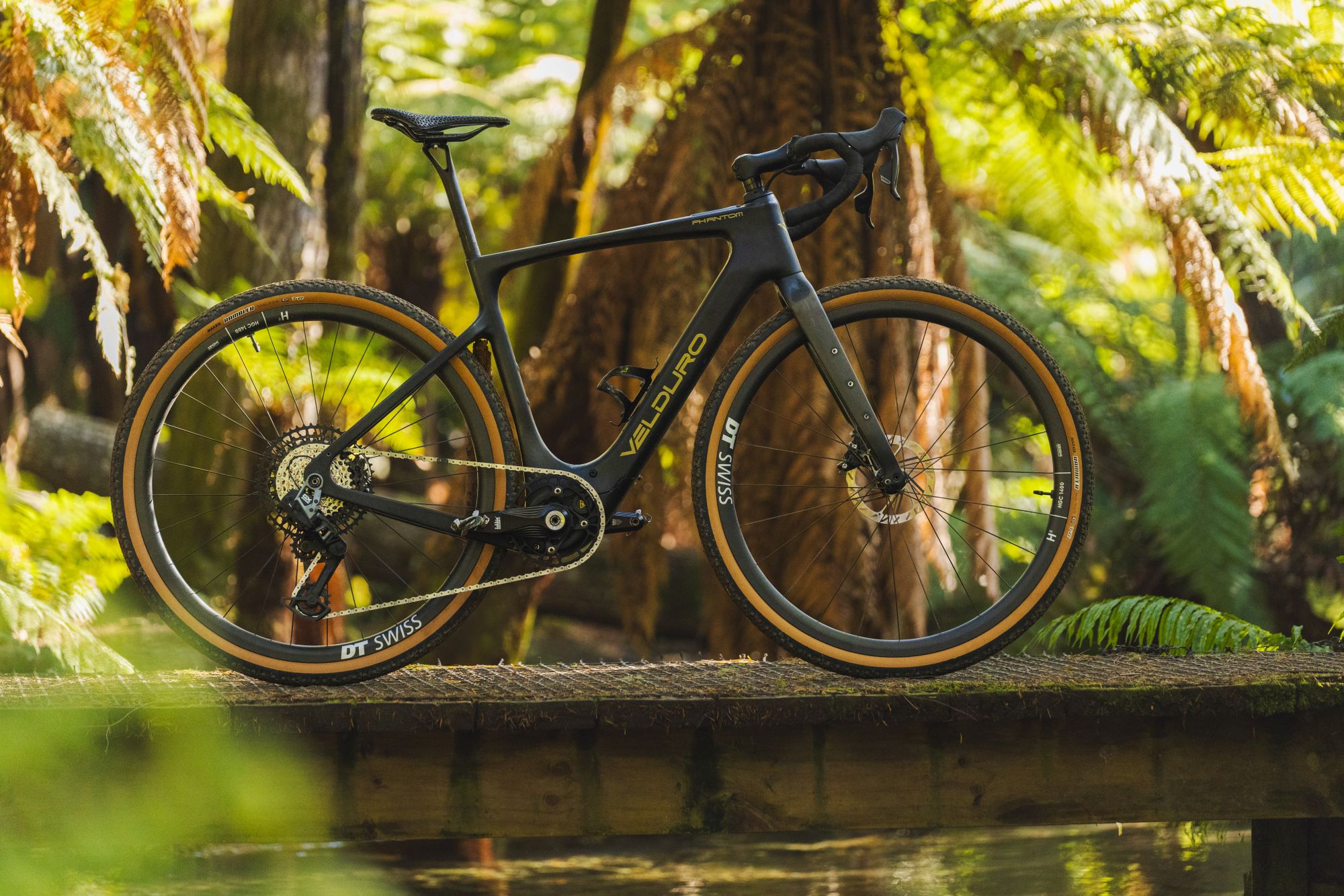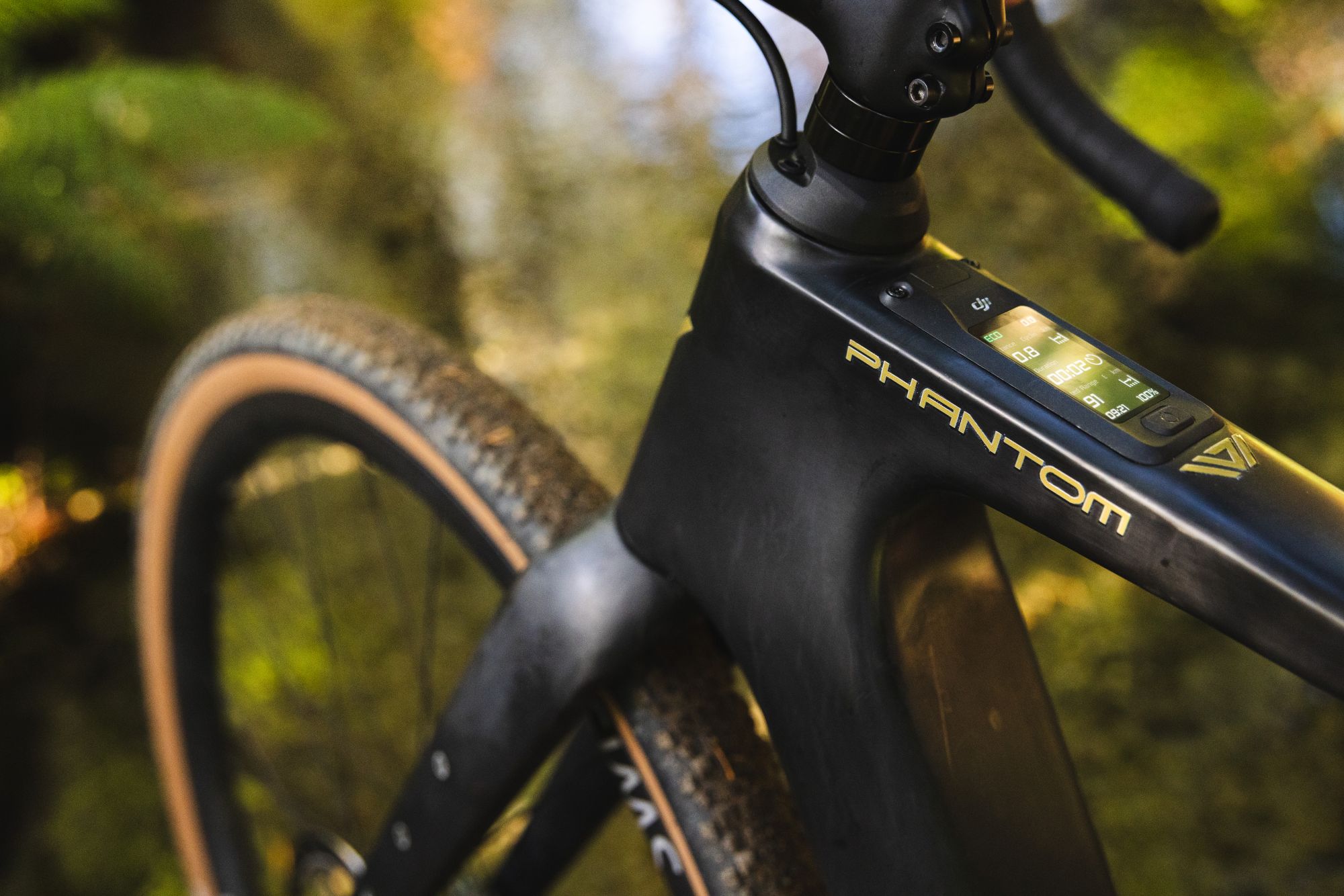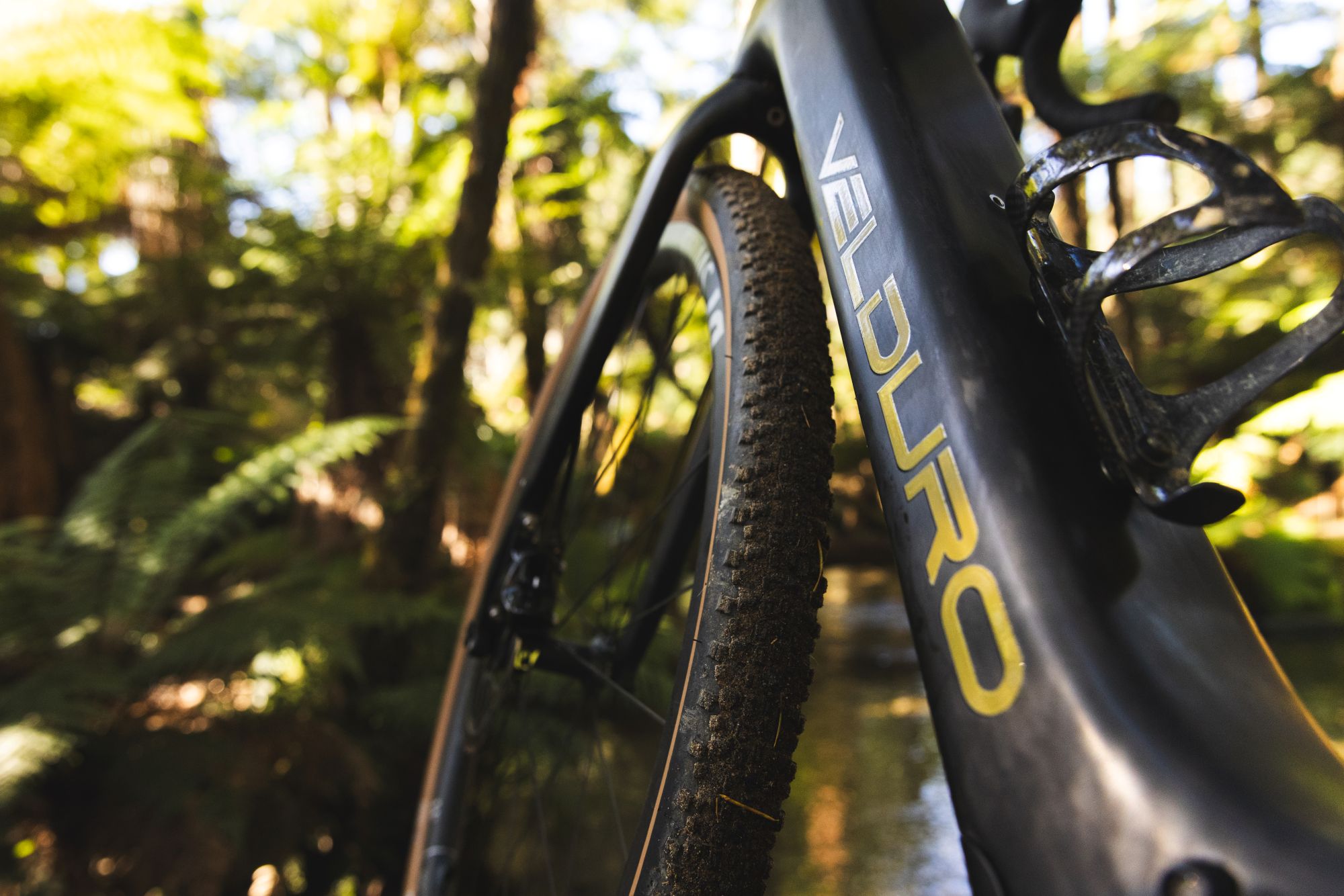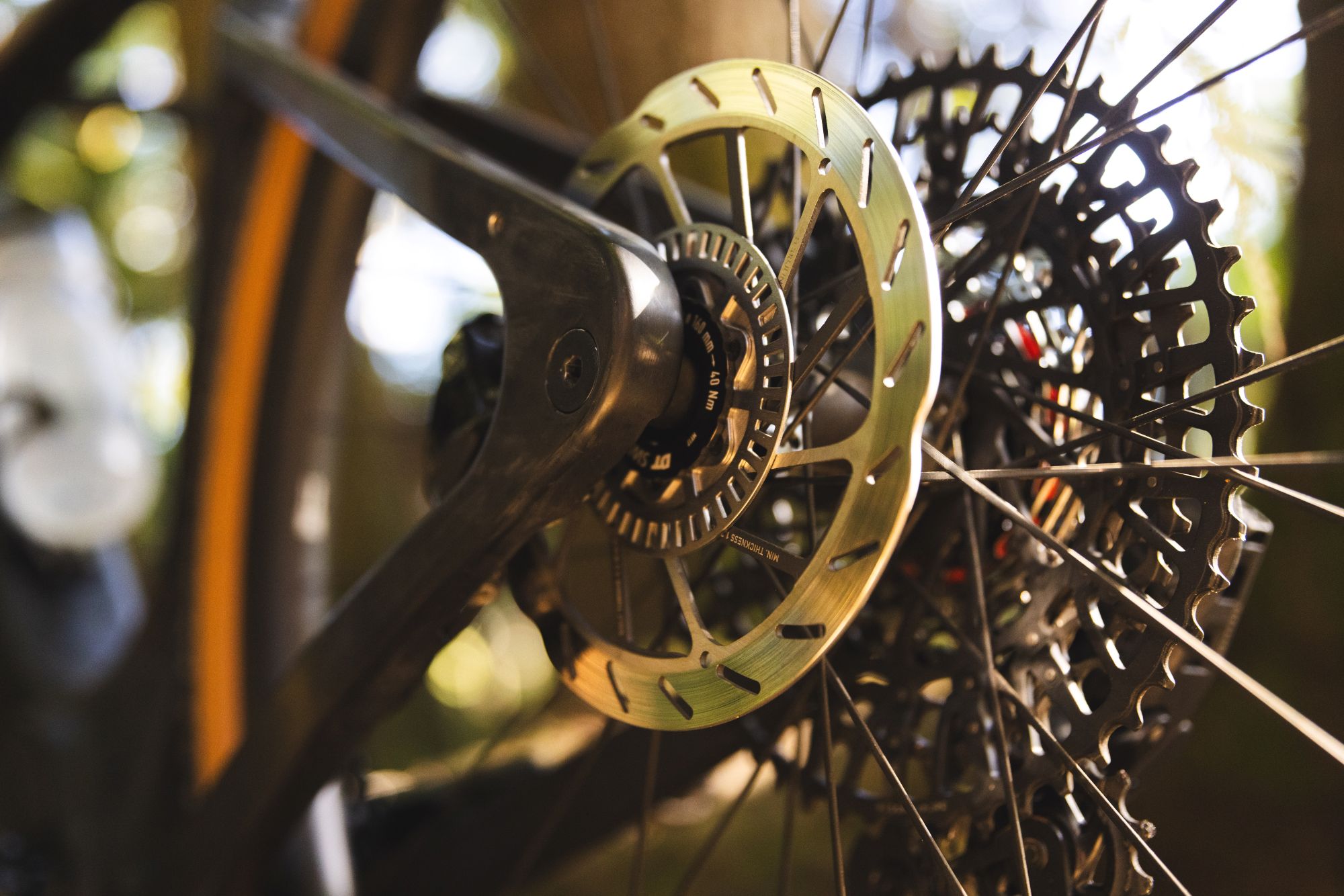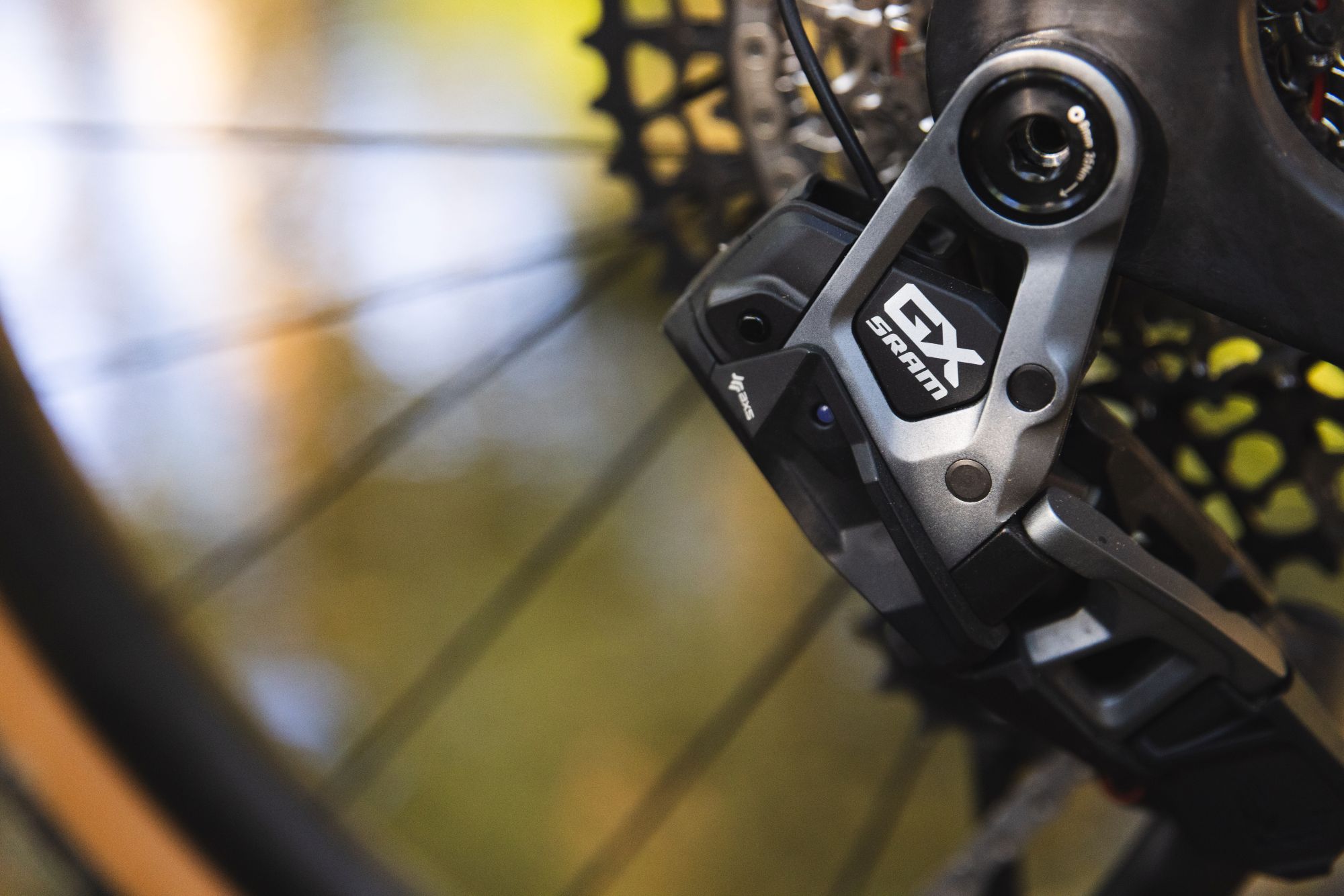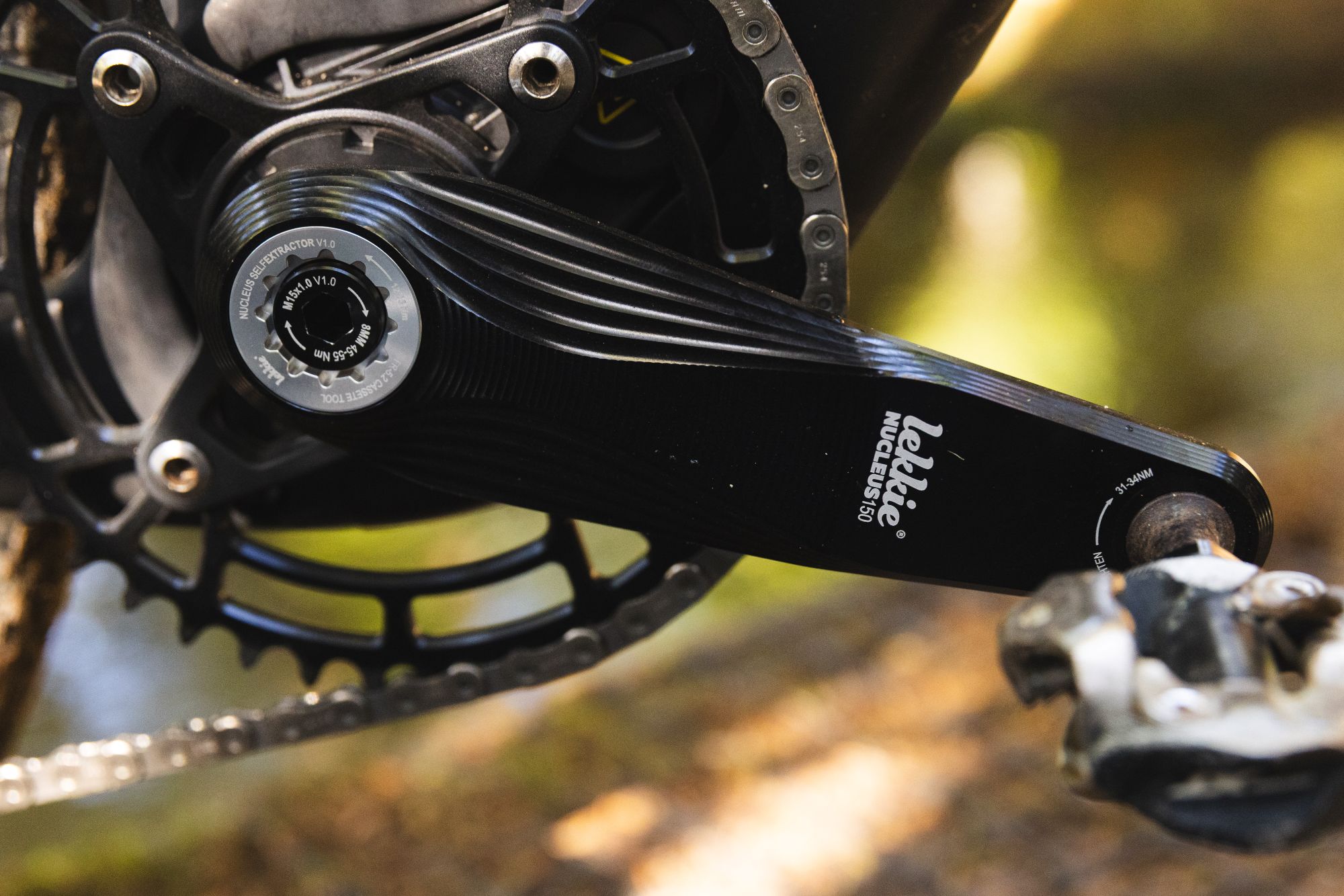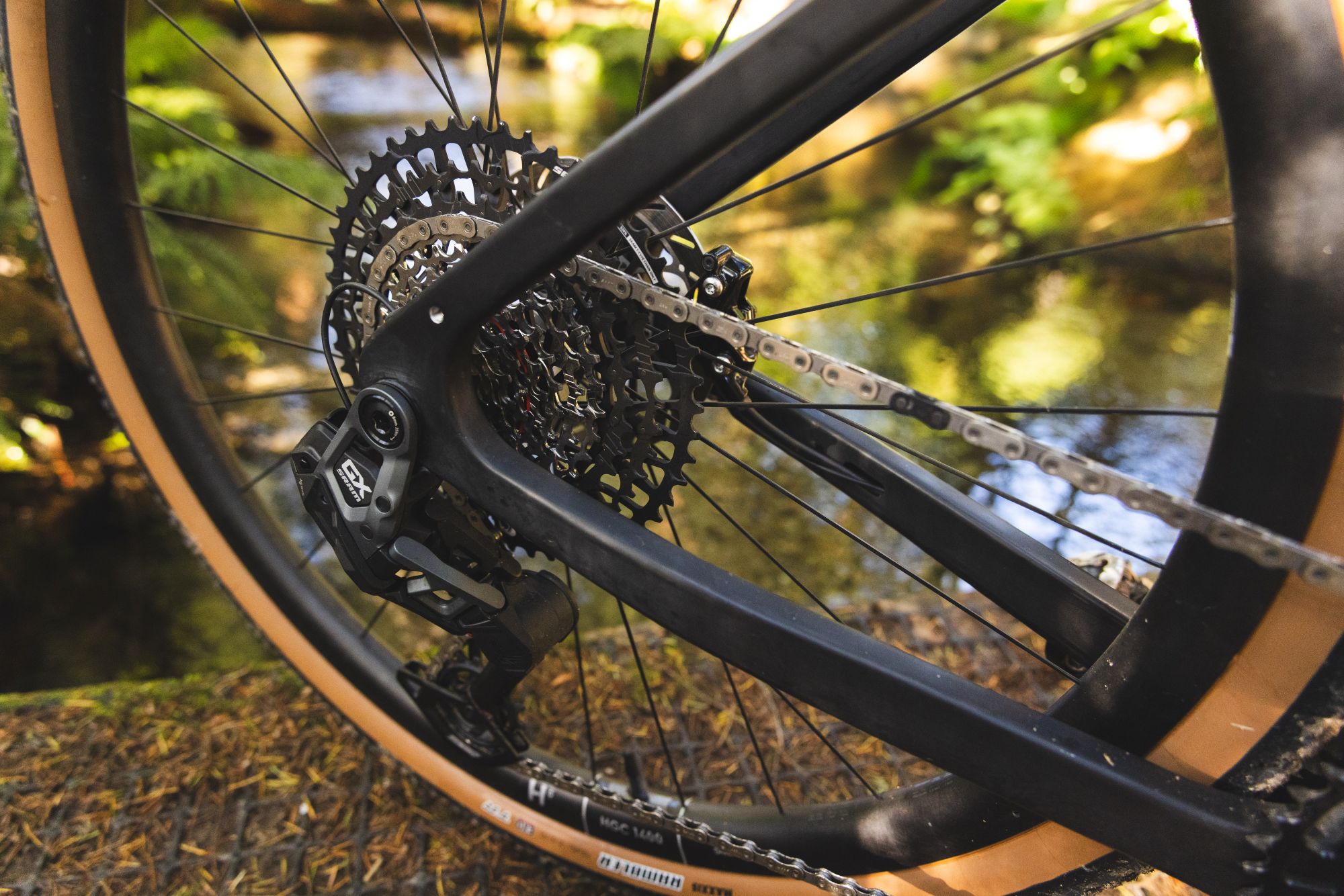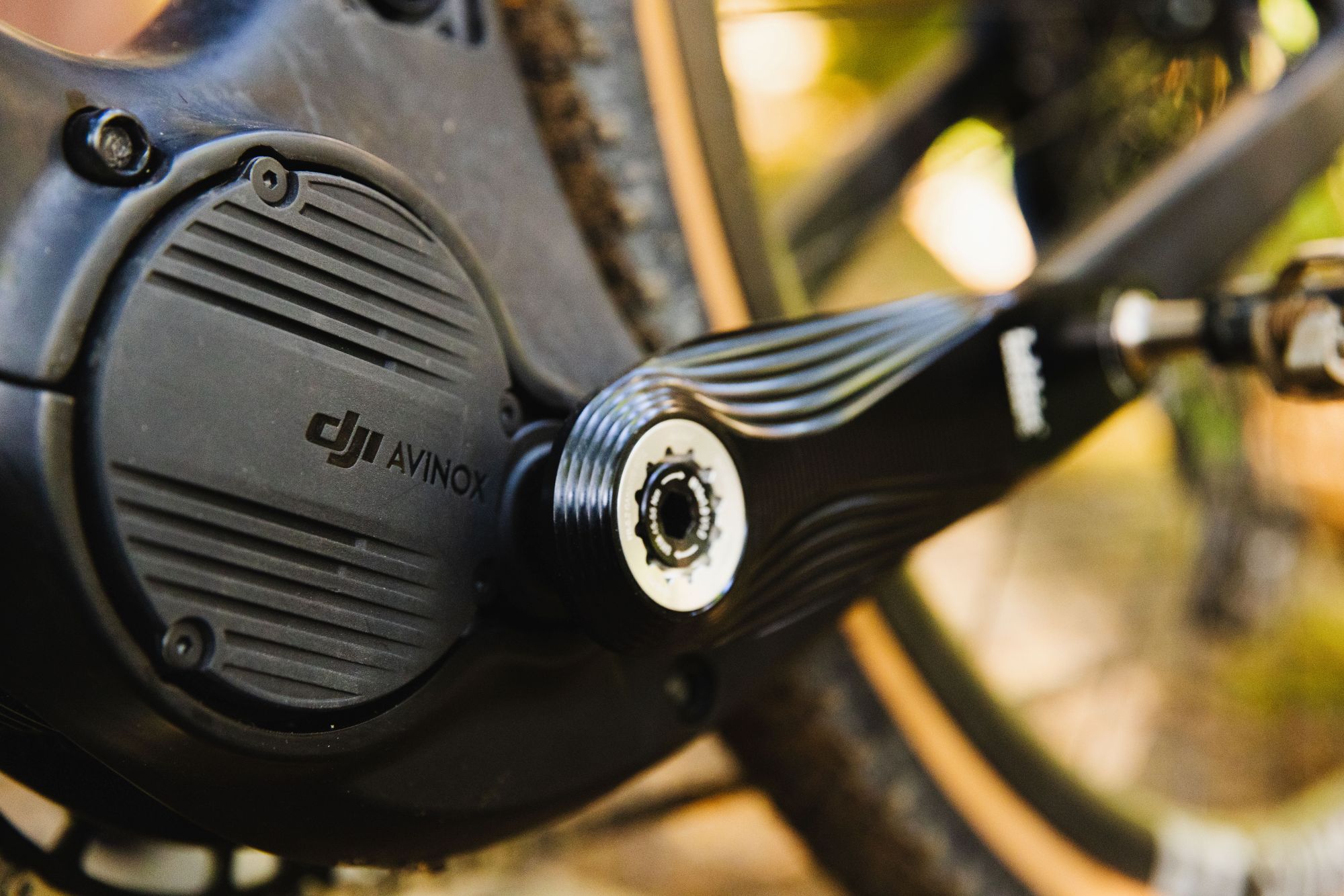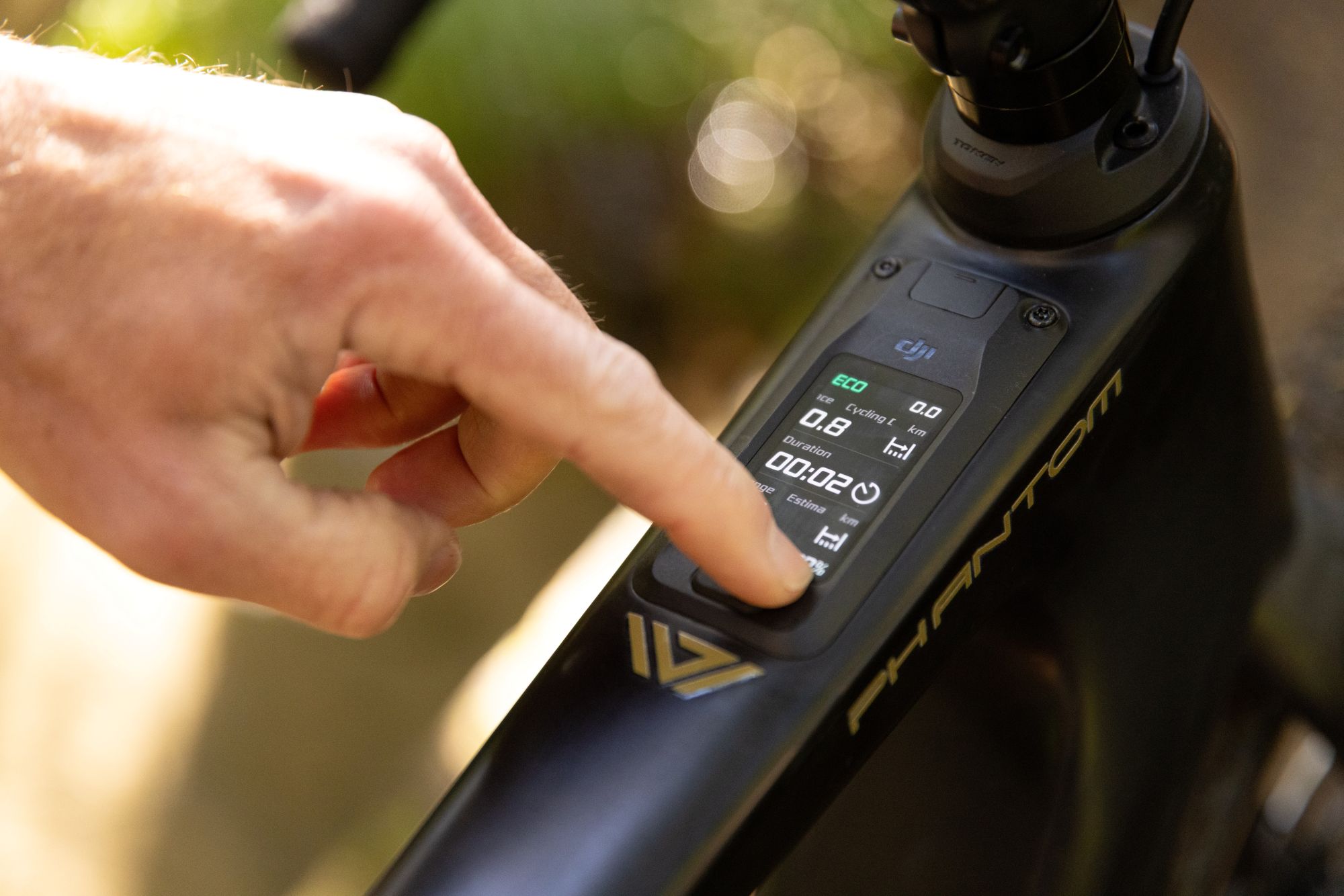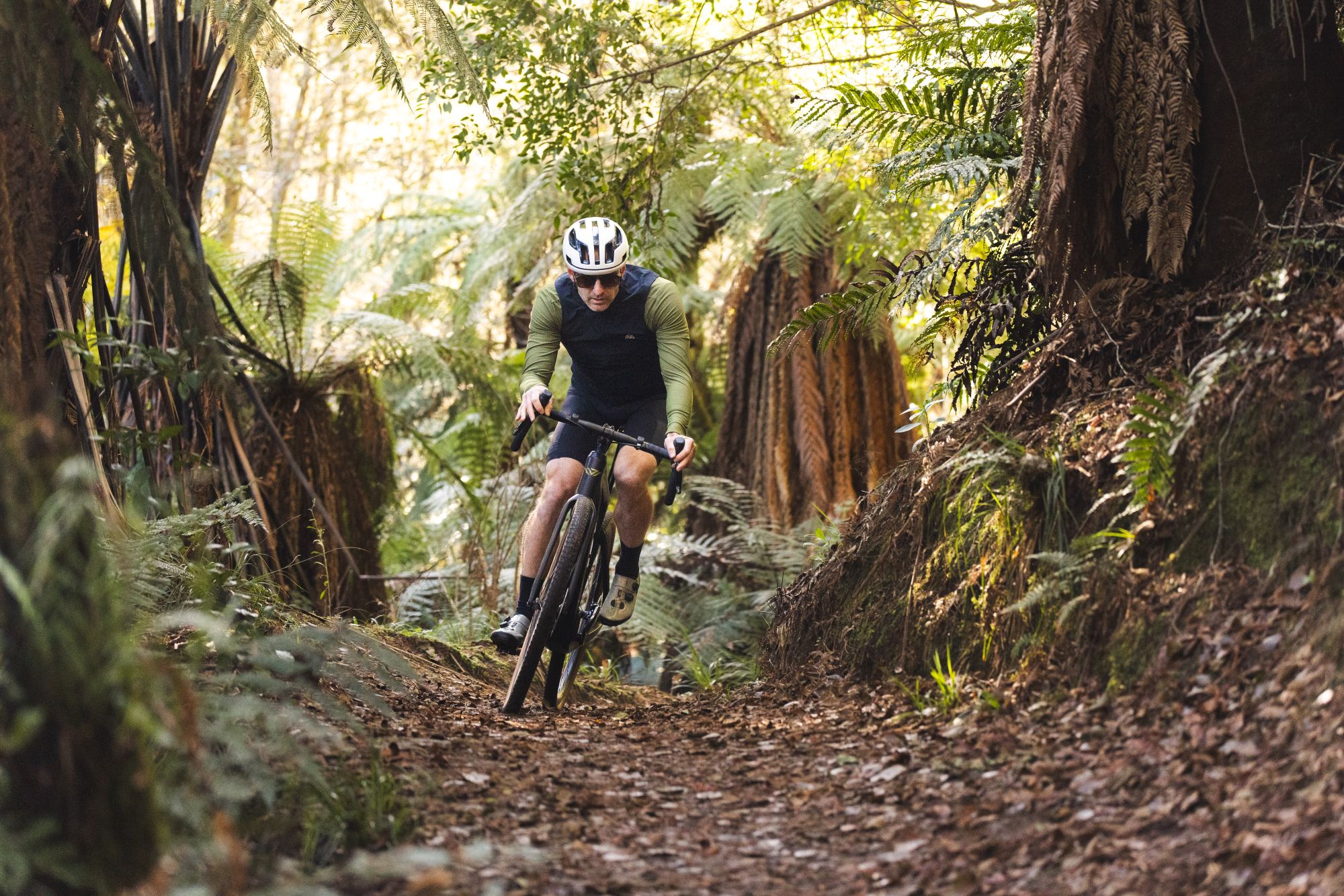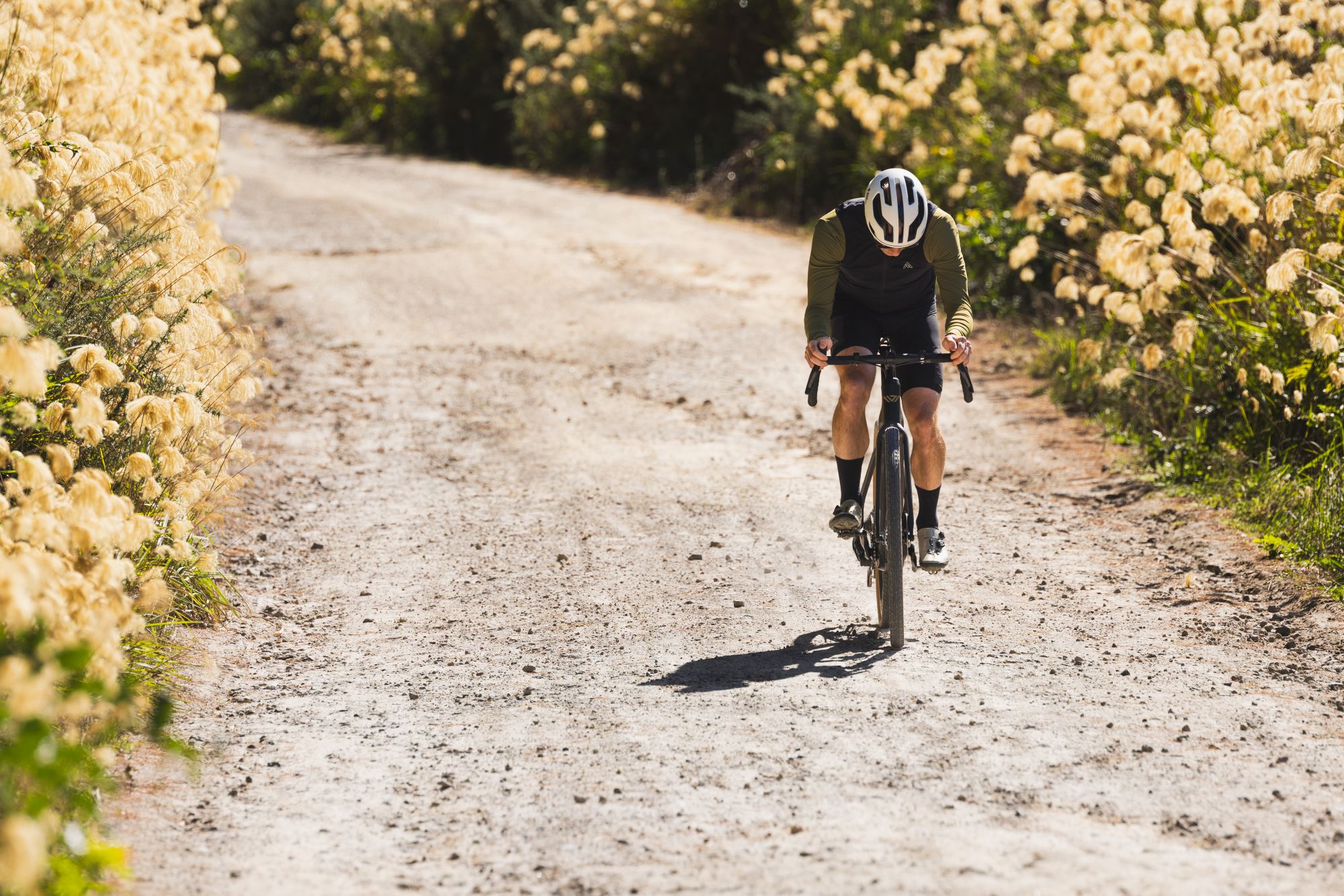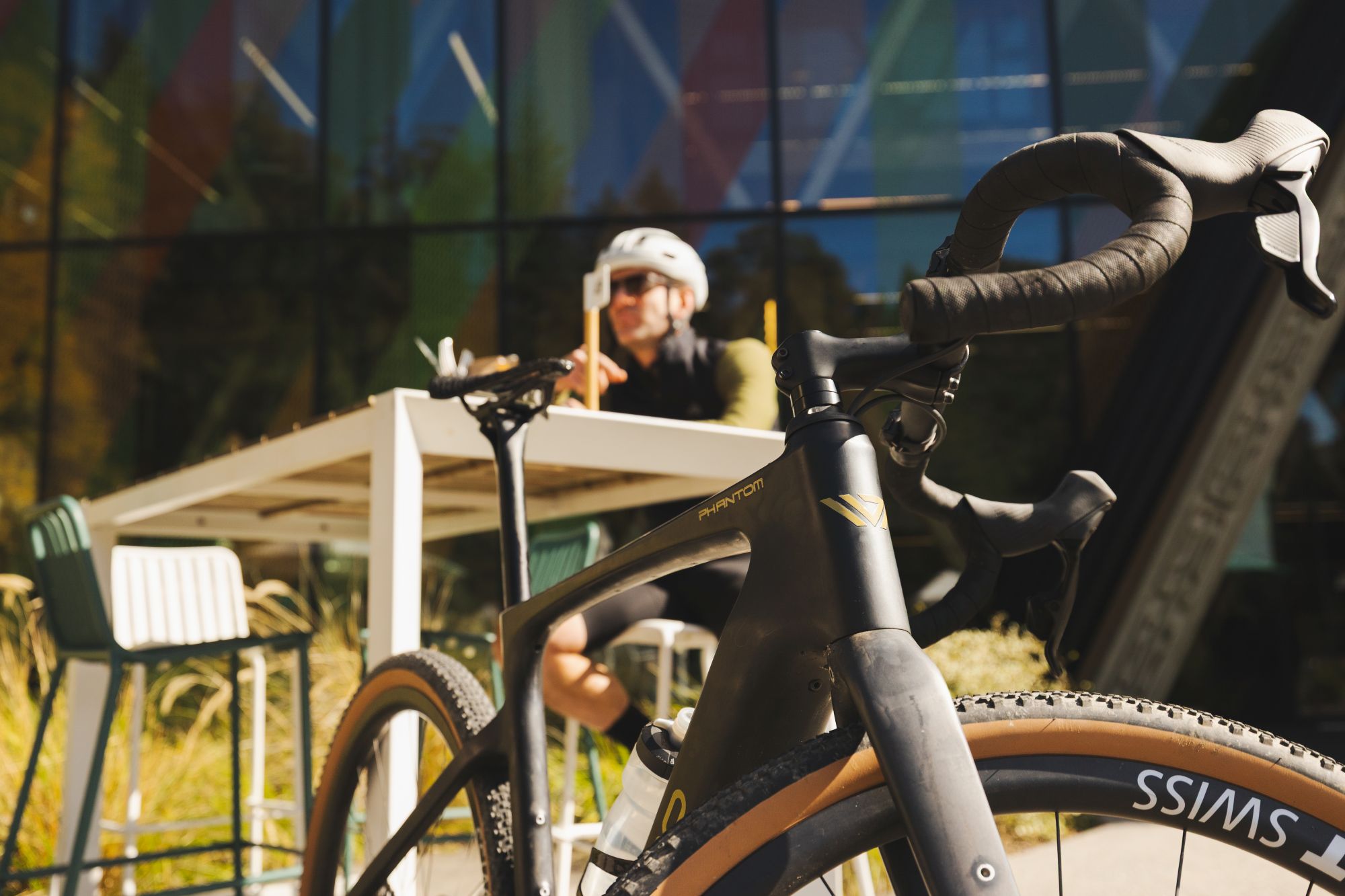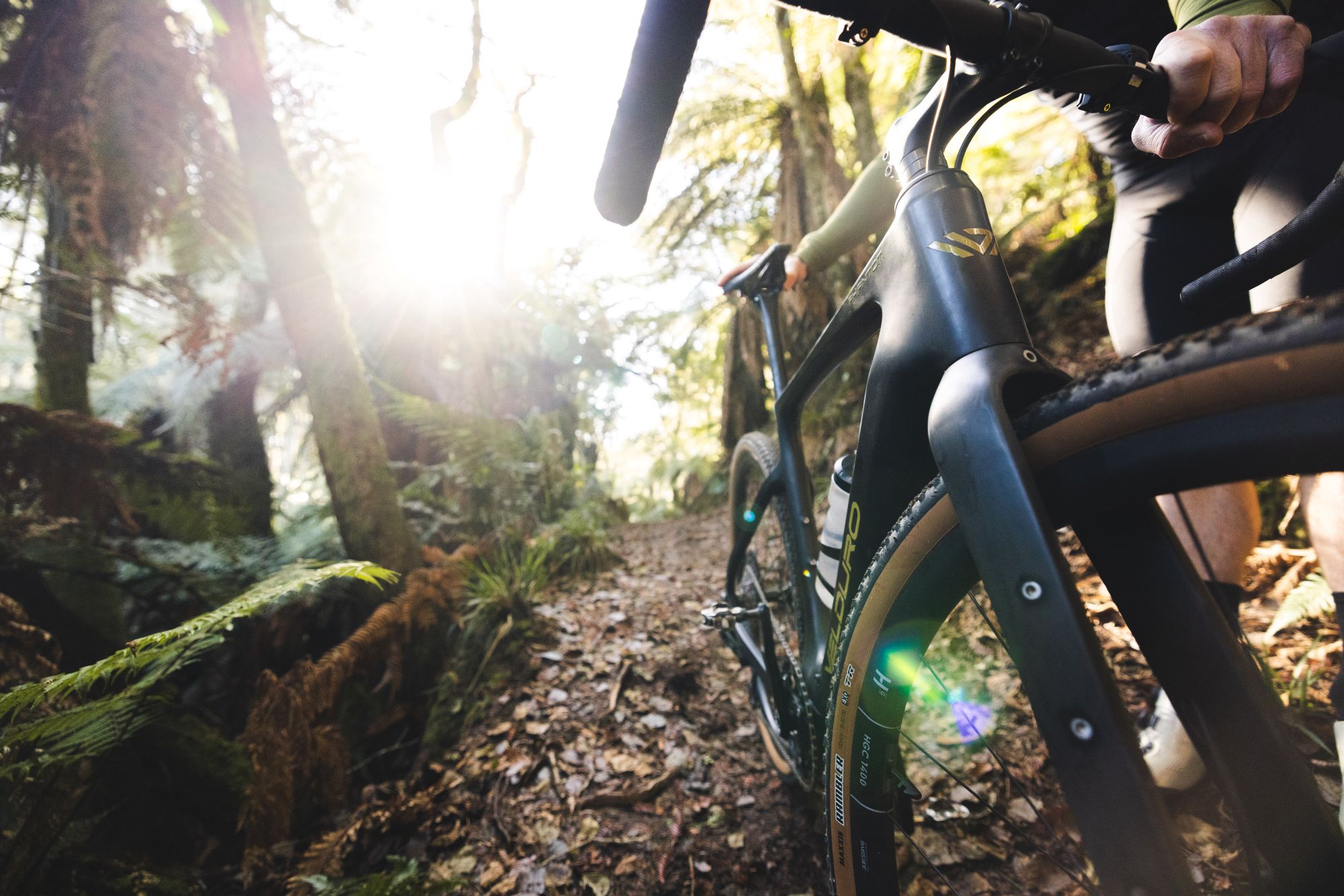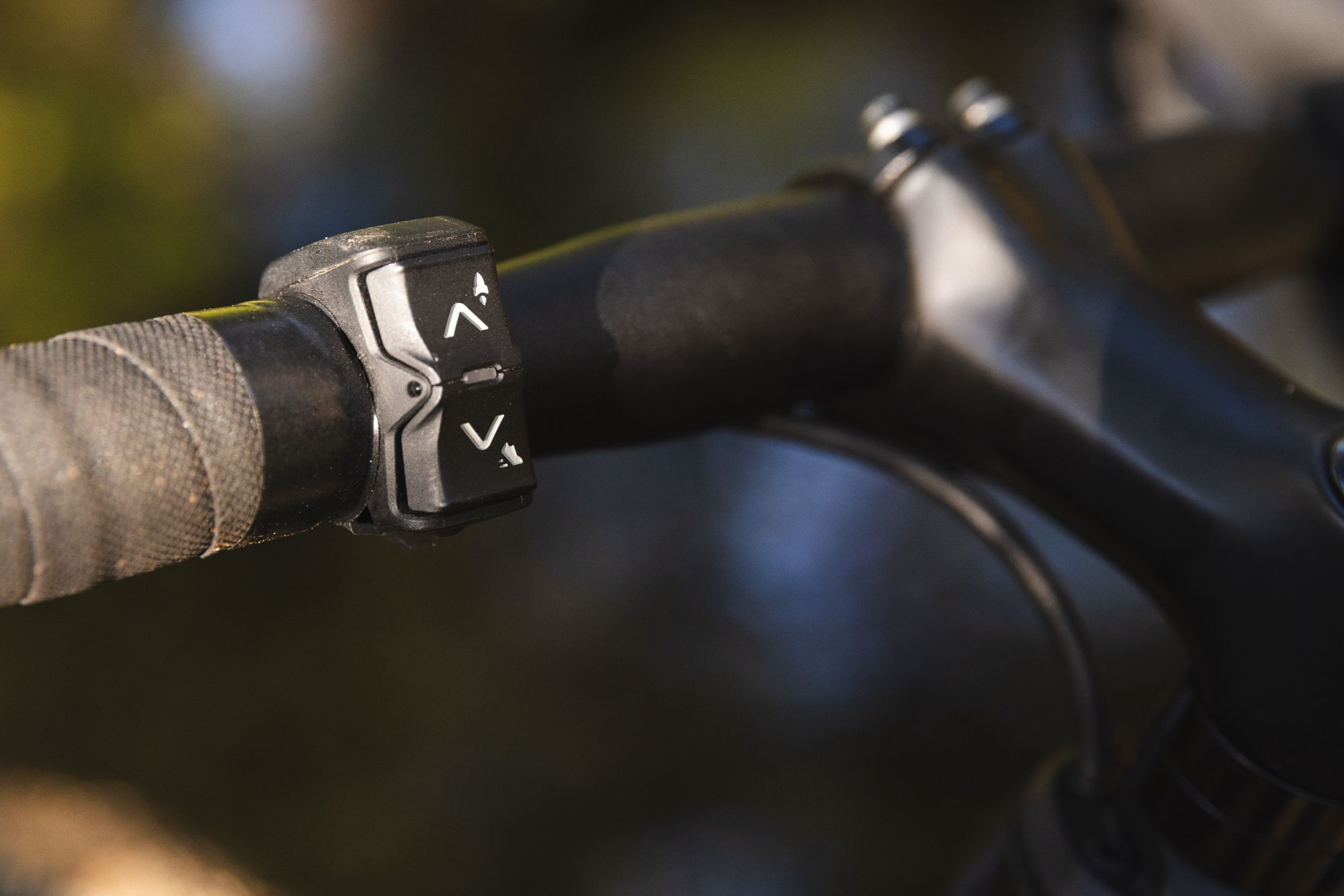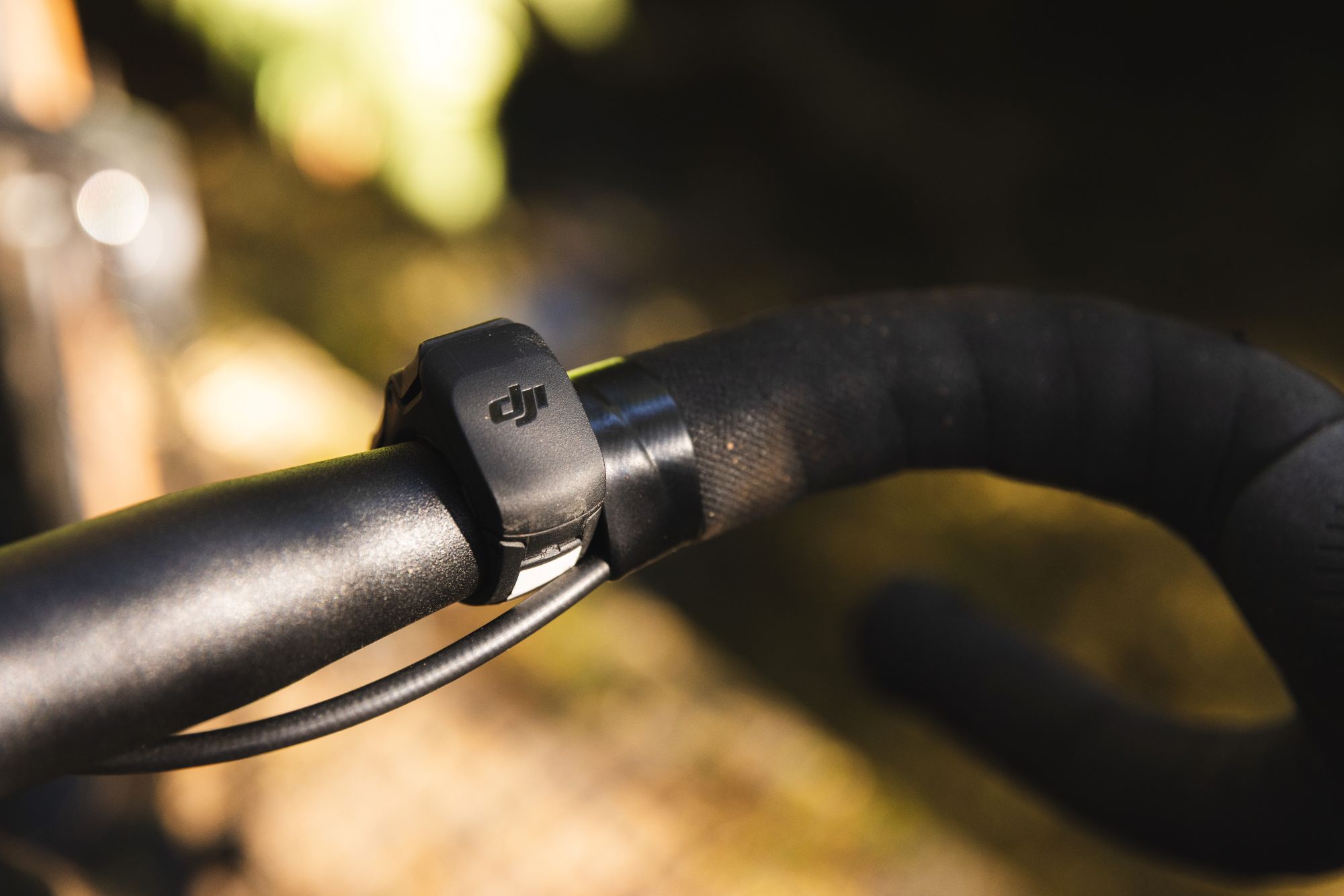Model Options and Pricing
Phantom X – Top tier model tested – RRP $13,990
Weight: 14.6kg (battery included)
Phantom S – Flat bar commuter with alloy rims, Shimano Cues groupset and dropper post – RRP $8,499
Frame only – RRP $7,290
Pre-cabled with cranks and adapters included Velduro will also be testing and releasing their EMTB Rogue model in the coming months. Frame only options will be available in August for the Rogue and July for the Phantom.
A New Zealand-developed stereotype-defying bike that is guaranteed to put a grin on the grinchiest of riders.
Tech start-ups are many, and in general, the media puts these capital-raising software or web-based businesses front and centre. Occasionally, some science or farming technology makes the front page, but seldom, if ever, do we see a bike brand as the lead. However, there’s a new bike brand that deserves a front-page spot.
Quietly working between the Bay of Plenty and China, a small group has been developing a new NZ-bred e-bike brand. Velduro is the brainchild of industry veterans in tech, manufacturing, and bike design.
No fancy offices, no bulging marketing team, no pro-riders. With their low overhead and skeleton crew, Velduro aim to bring top-shelf ebikes to the global market at more affordable price points than the competition, without any reduction in quality or experience. Instead of relying entirely on in-house staff, they have contracted additional industry players and specialists in their fields, some of whom are also involved with other well-known brands, to help with research and development, keeping them at the forefront of the game.
Breaking cover recently is their first model, the Phantom. Although a Gravel e-bike isn’t entirely revolutionary, there’s some new technology involved, and the setup behind the business is something fresh for much of the bike industry.
The Phantom has two key pillars that contribute to the overall experience: the full carbon fibre frame and the DJI Avinox drive system. The components hanging from the frame merely ensure the chassis can be ridden to its potential, and no weak links are holding it back.
I’ve only had a short time with the Velduro Phantom, but enough to form some opinions and get a good view of what it’s about.
Frame
Velduro has worked with a reputable manufacturer that produces carbon frames for several other top tier brands. We find a full carbon fork up front with accessory mounts on the legs, and there’s room for a 50mm tyre with real-world clearance. The rear end is comfortably suitable for a 45mm tyre. If you’re confident you won’t need clearance for mud between the tyre and frame, then a 50mm tyre can also fit. The back end is shaped in such a way that a 50mm on 650B wheel will allow for ample clearance. Brake lines are tightly routed below the stem and through the headset cap, so although they come through the headset, at least they aren’t routed through the handlebar and stem.
Tucked neatly into the top tube is the Avinox M1 DP100 touch screen, more on that below.
There are two pairs of bottle or accessory mounts on the downtube, and a pair on the seat tube. There are fender or pannier mounts on the frame, ideal for bikepacking or commuting.
Although the bike I rode is a pre-production sample and doesn’t have the final paint finish applied, it was still quite tidy, and the clear coat helped give a glimpse of the carbon below. Finished bikes will come with a nice, clear coat and a more finished appearance.
Unlike many bikes in this category, the Phantom will be available as a frame only, opening the door to some serious dream builds, allowing buyers to spec their bike for exactly where and how they ride. The frame-only approach gives Kiwis the opportunity to either convert their existing gravel bike that’s sitting in the quiver and not being ridden into a Velduro, or for those with bigger budgets, to create and spec a bike to their choosing. This approach will also be a major part of Velduro’s upcoming EMTB Rogue model that is being tested in the coming months.
Drive Unit
Tucked away at the bottom of the bike is a much hyped and unique drive unit, the DJI Avinox. DJI sent the mountain bike world into a spin at Eurobike in July 2024 when they unveiled the unit, and after a few rides on the motor, I’m not surprised.
The unit weighs only 2.52 kg and delivers a peak power of 850 W in standard settings, along with a continuous torque of 105 Nm. Turbo mode can be easily activated, providing up to 120 Nm and 1000w for up to 30 seconds. For the uninitiated, these power and torque numbers are considerably higher than those of other motors in the e-bike space. Production bikes will have assistance limited to 49 km/h for the Phantom and 45 km/h for the EMTB Rogue in NZ.
The unit is controlled with two ‘up-down’ buttons, mounted on the tops at the end of the bar tape on either side of the stem. Both controllers are wireless, so they could be mounted anywhere on the bars. The left side controls scroll through assist modes and walk function, while the right side scrolls through data fields on the screen.
The Phantom has a battery capacity of 600Wh. With a weight of approximately 2.87 kg, that’s 4.8 g/Wh, which puts the Avinox at the top of the pile compared to similar batteries. The overall size is smaller, so frame tubes can be made noticeably slimmer. Utilising GaN (Gallium Nitride) fast-charging technology that provides lower temperature, higher efficiency charging. The system can charge from 0% to 75% in about 1.5 hours, ideal for a quick recharge during a long lunch.
With a claimed range of over 110km in Eco there’s a fair amount juice to cover a good amount of ground, and although there are so many variables with range, it’s fair to say you’ll likely get more out of this bike than other 600w equipped bikes over the same terrain, and even in Eco there’s enough oomph to cruise at high speeds.
The touchscreen allows some level of customisation of the bike, but the main adjustments require the APP. The Avinox phone APP offers a deeper level of adjustability and customisation across all assistance levels, torque settings, and motor overrun, as well as a host of other tweaks. The framework of the APP seem similar to Bosch or Specialized, but offers more adjustability points in each aspect.
Components
Our pre-production bike was mainly in line with the spec that will be supplied on the “drop-bar” build. Production bikes will be fitted with SRAM T-Type GX AXS cassette, chain and derailleur, SRAM Rival shifters & brakes with 160/180mm H2 rotors for extra power. They’ll also have a flared carbon gravel bar, a custom-made carbon Velduro saddle, WTB CZR i23 carbon wheels, and Maxxis Rambler 45mm tyres.
One key gripe I’ve had with e-bikes in the past has been long cranks; 170-175mm have been common until recently. I was surprised and stoked to see the Velduro come with 150mm cranks – the absolutely perfect option for a bike like this. Until you’ve experienced them on an e-bike, it’s hard to get your head around why shorter is better on e-bikes.
Alongside the drop-bar complete build will be a flat-bar option that’s sure to get many riders thinking about ditching their car for a commute. Based around the same DJI Avinox drive system, the bike will be spec’d up with a Shimano Cues groupset, flat handlebars, and alloy wheels. Ideal for commuting or gravel smashing!
The Ride
I’ve ridden a good number of e-bikes in the last few years, across emtb and eRoad styles, but none have metaphorically blown my hair back quite like the Phantom. I’ve reviewed two similar, but more road-focused bikes before. At the time I was excited to see where the technology would go as they were still excessively heavy (granted they had alloy frames and low end parts), they lacked clearance for any tyre over a 35mm width, and their range was so limited I really struggled to see a use case outside of short, mellow commutes.
I’m fortunate enough to have a host of roads right on my doorstep, but sometimes all I have is an hour and a half or so to get out for a ride, and this isn’t enough time to get to the real good stuff. Having taken delivery of the Phantom one afternoon, I was keen to get out the next morning and get a feel for it. Lights on, I threw a leg over at 6 am, rolled down my driveway, pushed a few buttons and figured out how to turn the thing on, and I was off. Not a great deal of climbing was on offer for my morning loop, but a few kickers and some high-speed flat sections delivered me to a morning coffee just after dawn in Cambridge, a trip that, taking the route I had, would generally take around an hour. I’d arrived in much less time, with an average speed of 45kph, I’d still pushed hard but covered the distance in much less time. Coffee down the hatch, I selected Turbo and headed for home on the flat, conscious that the family would likely be getting ready for their day, and wondering where I’d disappeared to.
Now, truth be told, the preproduction bikes’ assistance wasn’t limited to 49kph, like the production models will be, but even if it was, I’m pretty sure one could cruise right on the limit without blowing their legs to bits and not deplete the battery too quickly. I was home drastically quicker than this route would typically be, and although I’d still put in some effort and felt like I’d had a decent ride, there was simply no way I could cover the same ground in this time without a motor. So, in this instance I learned that if you’re time crunched, a bike like this lets you cover far more ground in the available time, it could be a ride for coffee, a trip to the super market, or a legitimate training ride, whatever the case it was cool to cover so much ground without the need to completely shell myself doing so.
I was keen to see how the bike handled the terrain it was designed for, so my next notable outing was in Rotorua’s Whakarewarewa Forest, an ideal spot to test the bike across all types of off-road terrain. Sure, the Phantom isn’t a mountain bike, but as ‘gravel’ comes in so many forms, I thought it was worth taking it on some single track and rougher terrain as well as the logging roads that dissect the forest.
The handling was well-balanced and stable. Even on flat, loose gravel turns, the bike held its line and was predictable, with no twitchy surprises – surely the weight helping to keep it planted. Flowing through the smooth single track was awesome. The bike was nimble enough to switch directions easily, but not so much as to feel twitchy. I was genuinely surprised by how well the bike handled off-road scenarios.
Coming into a small climb littered with damp roots and loose soil, I thought I could be in for a sketchy ride; the motor is so well mannered that the rear wheel barely broke traction, and at no point did it feel anything other than natural, the power was smoothly applied with no untoward acceleration. This same attitude came into play a few times on my ride, especially on pinches where I’ve had to temper my effort to keep traction on other bikes; it didn’t skip a beat. Impressive and surprising. DJI claims to have more information to feed their algorithm, including multiple strain gauges throughout the system, as well as more speed measurements per rotation of the rear wheel. This means it can recalculate how the drive is applied many more times per wheel revolution than other systems.
While the bike performed really well on what I’d term ‘gravel ‘ or smooth rolling surfaces, I managed to find the limits of its handling prowess. Rough descents aren’t the forte of the Phantom. The weight, compared to a regular bike, means it’s more difficult to unweight and float over rough sections. Bunny hopping or jumping to hit a specific transition or line takes more effort than on a non-e-bike gravel bike.
With the need for structure and sturdiness to support the motor, battery, and rider, as well as the power and torque required for the entire system, the chassis is quite sturdy. Torsionally, it’s excellent, and not harsh through the bottom bracket or consequently in the feet and legs, but it’s adequately stiff enough to hold a line and be precise. Vertically, though, there’s not much compliance built into the frame, particularly in the rear; there’s a reliance on tyre volume and seatpost flex (of which there’s not a lot) to smooth out bumps.
I found the most natural ride feel came when I backed down the torque in the Eco setting a couple of stops (to level 3), which meant I still needed to apply what felt like a normal amount of pressure to the pedals, but was travelling at a much higher speed, without being excessively high. Selecting Turbo mode and holding the assistance selector button down engages the 1000w, 120Nm 30-second Boost Mode. This much power is hard to explain on a bike, but it’s almost like hopping on a motorbike and winding the throttle for the first time; you need to be ready for the bars to be almost pulled from your hands. On this bike, I’m not sure this mode is necessary, but if you’re racing people out of a stoplight, you’ll leave all comers behind!
The motor is quieter than other full-powered models in some scenarios, but not in others. It is a nice, mellow sound most of the time. At higher speeds and under power, it sounds a bit like a race car turbo winding up, but it isn’t any noisier than other full-powered motors.
Overall Thoughts
The big question I have is, where does the bike fit into the market, and who is it for? I’d see this bike as ideal if you have a lengthy (20 km+) commute but limited time to do it, or if you have some good riding near your house but have to ride a lot of flat road to get to it. I guess it could allow you to spend more time in the good stuff, and less time in the bits you aren’t so fizzed on. Although there’s a fair amount of range available, many gravel or road riders will want to be able to ride for a longer time than what the battery will allow but if you’re on limited time and want to get somewhere or just cover a lot of ground, the Phantom is the tool for the job.
It’s not cheap, but it’s excellent value, featuring a full-power motor and a large battery. It’s also more affordable than most of the competition with lower-power offerings. The DJI motor is still relatively new to the market, so it has yet to be proven over the long term. However, with their history in robotics and drones, I’m sure they know what they’re doing.
If I had free rein and wanted a dream build for myself based around a Velduro Phantom frameset, here’s how I’d build it:
First off, I’d fit a suspension fork, blowing the doors wide open for where the bike could go comfortably, then I’d chuck on the biggest tyres I could fit. I’d fit the latest wireless RockShox AXS dropper post. Not only would this aid in descending and manoeuvring off-road, but it also has a small amount of squish built in when fully extended, damping some of the bumps more than a rigid post does. I’d retain the rest of the stock build, including the drop bars, so as not to stray too far into MTB territory!
TLDR? It’s a load of fun, build quality seems top shelf, geometry is spot on, I’m still not sure who it’s for, but if I had some disposable income, I’d buy one; it’s the cyclist’s equivalent of a souped-up rice-rocket boy racer car.


